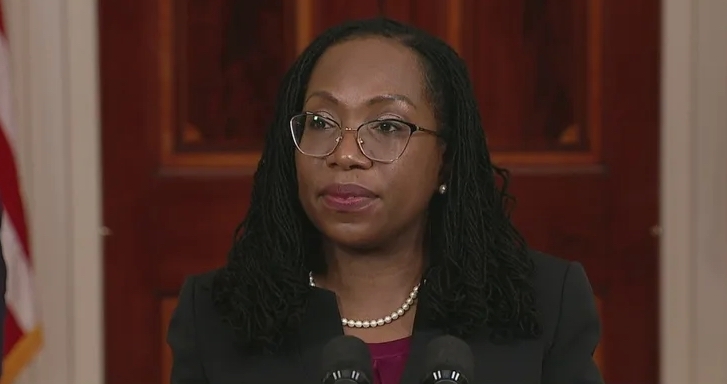Ed Whelan writes at National Review Online about the newest U.S. Supreme Court justice’s unusual take on a kye constitutional provision.
Justice Jackson capped her very long questioning of Alabama solicitor general Edmund LaCour with a speech/question that went on for around four minutes and that runs a full three pages (57:2-60:2) in the transcript. In her speech, Jackson states that the Framers of the 14th Amendment adopted it “in a race conscious way,” as they were “trying to ensure that people who had been discriminated against, the freedmen in — during the reconstructive — reconstruction period were actually brought equal to everyone else in the society.” …
… Somehow Jackson leaps from these propositions to the assertion that the 14th Amendment doesn’t embody “a race-neutral or race-blind idea in terms of the remedy” for discrimination against freed slaves.
I don’t understand her leap. By her own account, the very purpose of the Civil Rights Act of 1866 was “to make sure that the other citizens, the black citizens, would have the same [civil rights] as the white citizens.” It was designed to remedy a situation in which “people, based on their race, were being treated unequally” by the states. And the 14th Amendment had the same goal.
The proposition that the 14th Amendment requires that the government be color-blind is open to challenge both as to what exactly that means and to whether that meaning is well founded. But Jackson seems to think that the color-blind position is somehow at odds with the fact that the 14th Amendment was designed to ensure equal treatment—when that of course is exactly what advocates of the color-blind position maintain the 14th Amendment requires.
Jackson seems to confuse herself with her own terms. …
… Insofar as Jackson might be arguing that the 14th Amendment allows race-conscious remedies, she doesn’t touch on the critical questions of what counts as a race-conscious remedy and when such a remedy is permissible.


